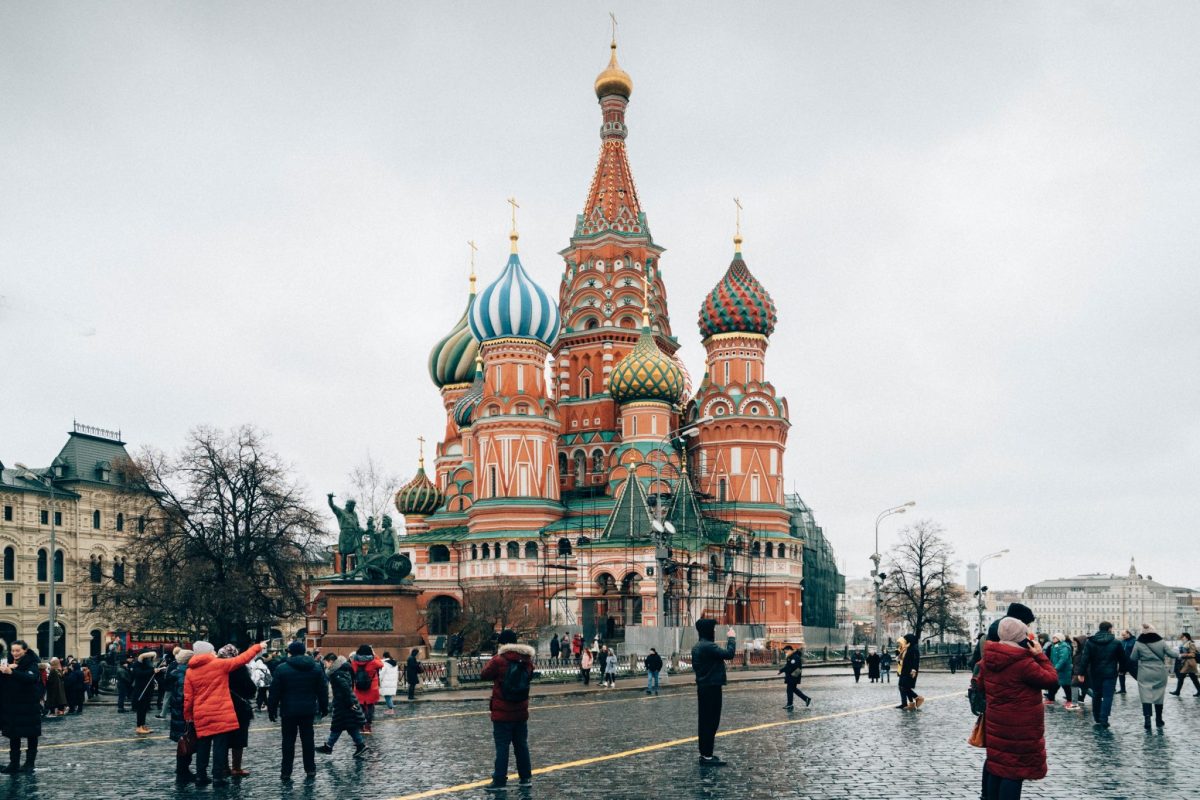Stakhanovite Culture And Its Impact On Soviet Tourism
Share
![]()
The Stakhanovite movement, named after the coal miner Alexey Stakhanov, emerged in the Soviet Union during the 1930s as a symbol of productivity and dedication to labor. This cultural phenomenon not only transformed the workplace but also had a significant impact on Soviet tourism. As the government sought to promote the achievements of its workers, it also encouraged citizens to travel and witness the fruits of their labor across the vast expanse of the USSR. This article will explore the Stakhanovite culture, its influence on tourism, and the unique experiences awaiting travelers in the regions that were shaped by this movement.
The Rise of Stakhanovite Culture

The Stakhanovite movement began in 1935 when Alexey Stakhanov reportedly mined 102 tons of coal in a single shift, far exceeding the norm. This achievement was celebrated as a model of Soviet productivity, and soon, workers across various industries were encouraged to emulate Stakhanov's example. The government promoted the idea that hard work and dedication could lead to personal and national success, fostering a sense of pride among citizens.
As a result, the Stakhanovite culture became intertwined with the Soviet identity, emphasizing the importance of labor and the collective effort of the working class. This cultural shift had a profound impact on tourism, as the government sought to showcase the achievements of its workers and the industrial progress of the nation.
The Impact on Soviet Tourism

With the rise of the Stakhanovite movement, the Soviet government recognized the potential of tourism as a means to promote its ideology and showcase its accomplishments. The state invested in the development of tourist infrastructure, including hotels, transportation, and attractions that highlighted the achievements of Stakhanovite workers.
Tourism became a way for citizens to experience the pride of their nation firsthand. Organized tours were designed to take visitors to industrial sites, collective farms, and other locations where Stakhanovite principles were in action. This not only provided an opportunity for citizens to witness the results of their labor but also reinforced the government's narrative of progress and success.
Key Attractions for Travelers
Travelers interested in experiencing the legacy of Stakhanovite culture can visit several key attractions across the former Soviet Union. Here are some notable sites:
1. Donetsk, Ukraine
Donetsk, known as the heart of the coal mining industry, is a city that embodies the spirit of the Stakhanovite movement. Visitors can explore the Donetsk Regional Museum of Local History, which showcases the history of coal mining and the achievements of local workers. The city also features several monuments dedicated to Stakhanov and other notable figures of the movement.
2. Magnitogorsk, Russia
Magnitogorsk is another city that played a crucial role in the Stakhanovite movement. The Magnitogorsk Iron and Steel Works, one of the largest steel plants in the world, was built during the 1930s and is a testament to Soviet industrialization. Guided tours of the plant provide insight into the scale of production and the dedication of the workers who contributed to its success.
3. VDNH (Vystavka dostizheniy narodnogo khozyaystva), Moscow
The VDNH exhibition center in Moscow is a must-visit for those interested in Soviet achievements. Originally established to showcase the successes of the Soviet economy, the center features pavilions dedicated to various industries, including agriculture and manufacturing. Visitors can learn about the Stakhanovite movement and its impact on Soviet society through exhibitions and displays.
Local Cuisine

No trip to the regions influenced by Stakhanovite culture would be complete without sampling the local cuisine. Traditional Soviet dishes often reflect the agricultural bounty of the land and the resourcefulness of its people. Travelers can enjoy hearty meals featuring borscht, pelmeni (dumplings), and blini (pancakes), often served with sour cream and fresh herbs.
In cities like Donetsk and Magnitogorsk, local eateries and markets offer a taste of authentic Soviet cuisine, allowing visitors to connect with the culture on a deeper level. Don't miss the opportunity to try kvass, a fermented beverage made from rye bread, which has been a staple in Russian households for generations.
Accommodations
When planning a visit to these historical sites, travelers will find a range of accommodations to suit their needs. From budget-friendly hostels to mid-range hotels, there are options available in major cities like Donetsk and Magnitogorsk. For a more immersive experience, consider staying in a guesthouse or a homestay, where you can interact with locals and gain insight into their daily lives.
For those looking to book their stay, check out Hotels & Flights for the best deals on accommodations. Additionally, if you need transportation, Transfers can help you navigate the region with ease.
Conclusion
The Stakhanovite culture has left an indelible mark on the history of the Soviet Union and its tourism landscape. By visiting the key sites and experiencing the local cuisine, travelers can gain a unique perspective on this fascinating chapter of history. Whether you're exploring the industrial heart of Donetsk or the vibrant exhibitions at VDNH in Moscow, the legacy of the Stakhanovite movement is sure to enrich your travel experience.



